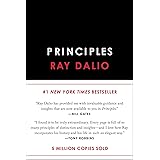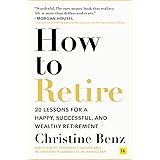Bonds can be a great addition to your investment portfolio. They can help lower the overall volatility of your portfolio by offering lower risk than stocks and they provide a steady stream of income that can be reinvested for a greater total return. However, bonds can come with their own set of risks.
Investing in bonds involves lending money to companies or governments and receiving interest payments at set intervals over the life of the bond. Many financial planners recommend including some type of bond investment as part of your overall investing strategy. Whether you choose to buy individual corporate or municipal bonds through your broker, Treasury bills directly from the U.S. government or mutual funds or exchange-traded funds (ETFs) that invest in a variety of bond types, the key to successful bond investing is knowing your goals, tax status, investment tolerance and time horizon.
If capital preservation is your primary goal, then bonds issued by stable governments are generally considered to be the safest investments. Investing in these bonds offers the potential to never lose your initial principal, provided that the company or government doesn’t default on its loan obligations to you.1
In contrast, bonds issued by speculative companies or municipalities carry more risk and may see their principal value decrease if the company experiences poor financial performance. However, the higher yields these bonds offer can make them an attractive investment option if you have the stomach for riskier investments.
Aside from the risk of losing some of your original investment, other issues with bonds include an uncertain future for interest rates and the creditworthiness of the bond issuer. Choosing bonds with the highest credit ratings will help you reduce this risk, but this can also limit your yield.
You can also choose to diversify your bond portfolio by purchasing both callable and non-callable bonds. With callable bonds, the company can essentially “buy back” the bond before it matures, which means you would no longer receive regular interest payments. However, the price of a callable bond will be higher than a non-callable one.
Bond prices are driven primarily by market forces and macroeconomic factors, so you can’t necessarily predict the outcome of an individual bond’s life cycle. For this reason, it’s important to diversify your bond portfolio to reduce the risk of experiencing a loss in value.
In general, when interest rates rise, bonds lose value and vice versa. While you can try to anticipate where interest rates will be headed, it’s usually better to focus on your overall investment goals and the long-term outlook for your portfolio. Regardless of the type of bonds you choose, it’s always important to regularly review your investing strategy and rebalance as needed.









